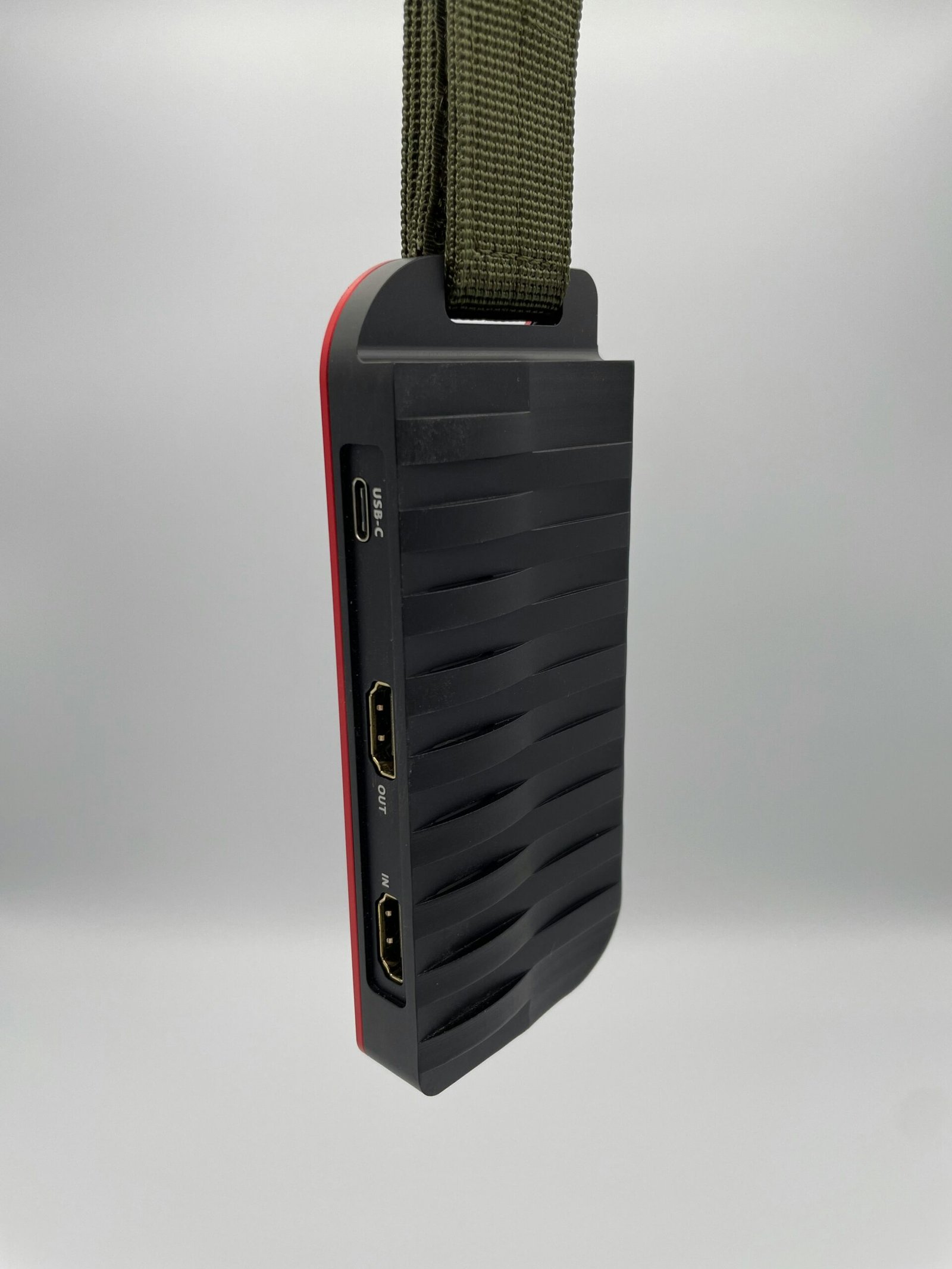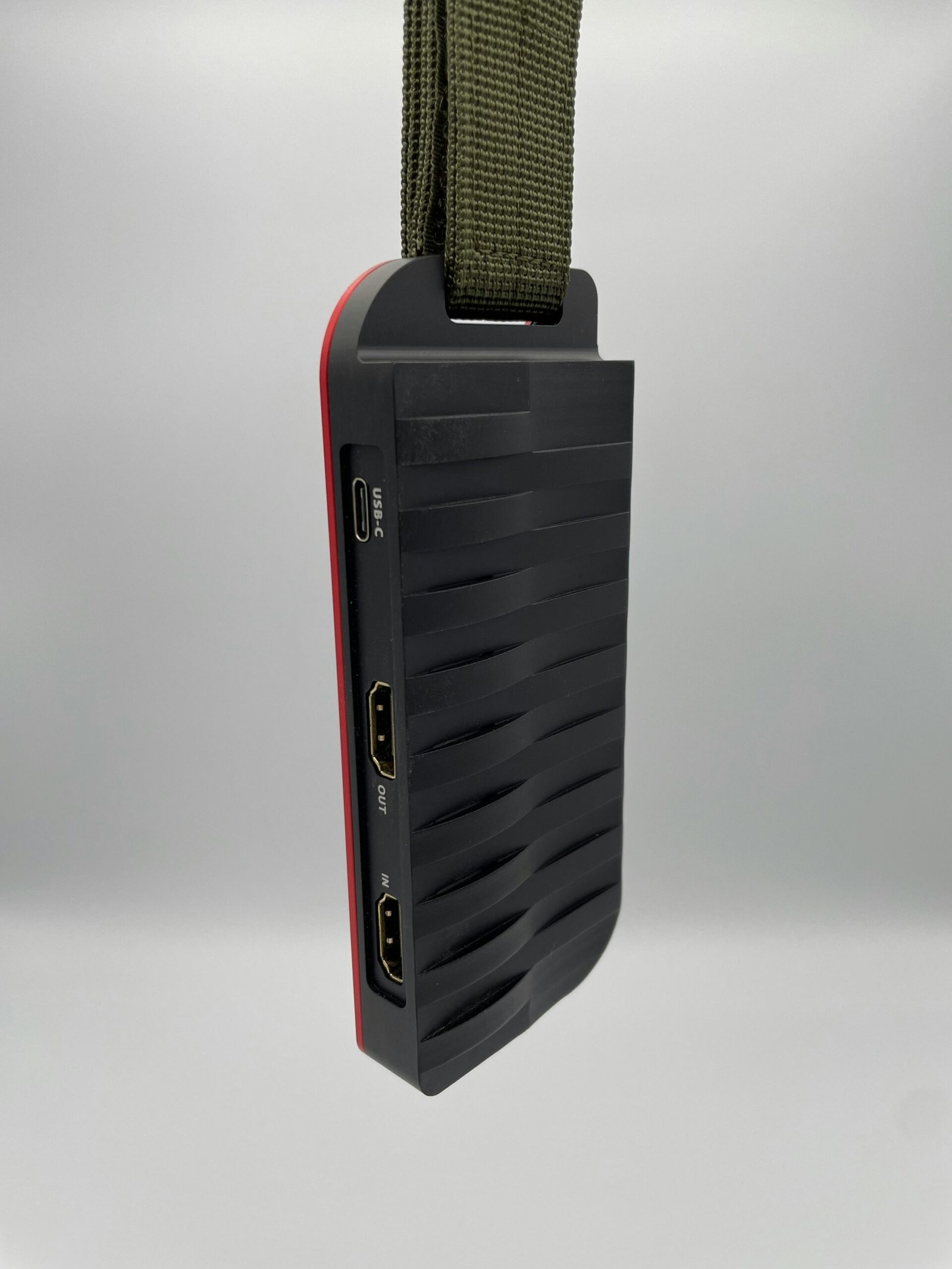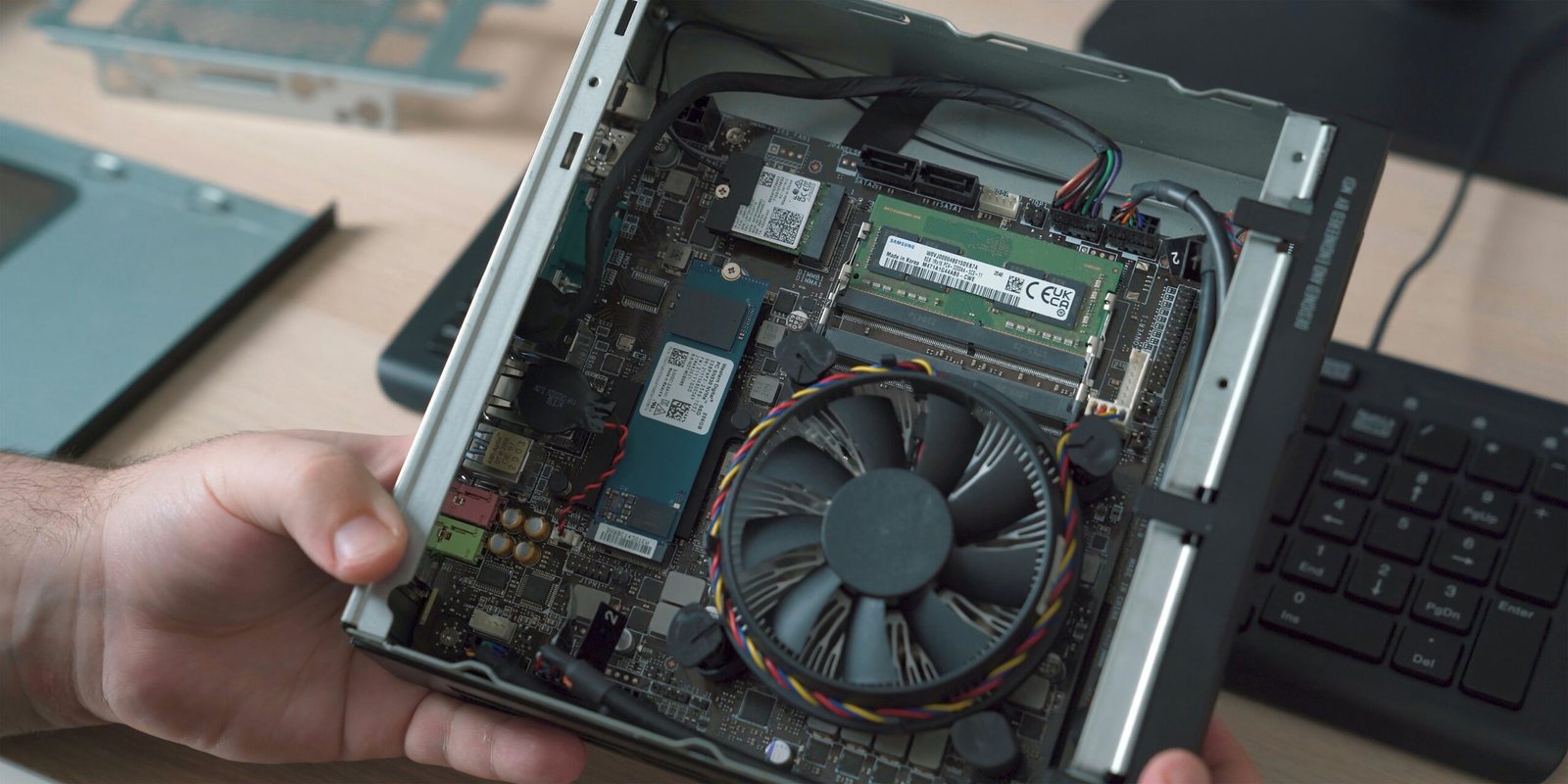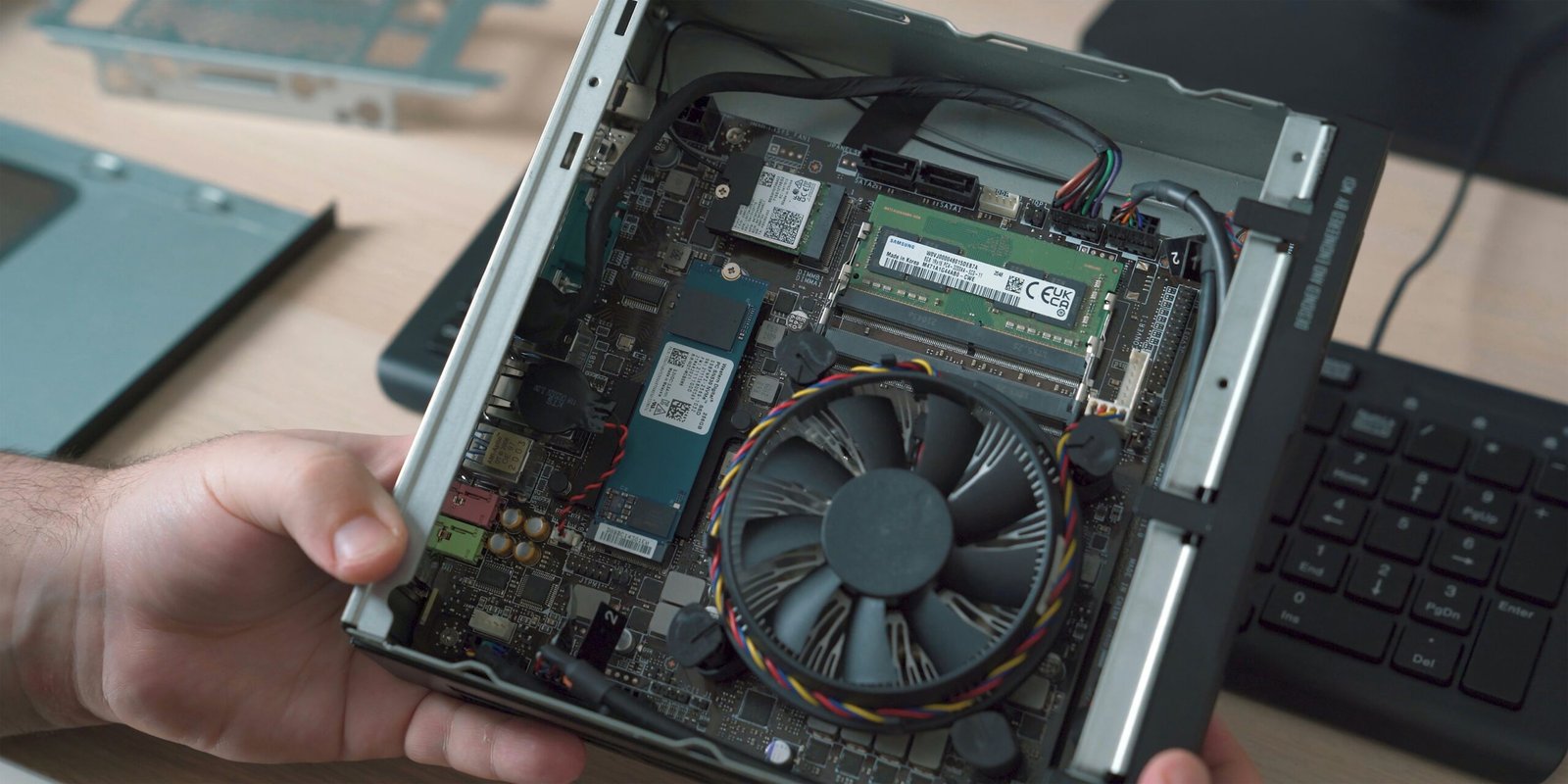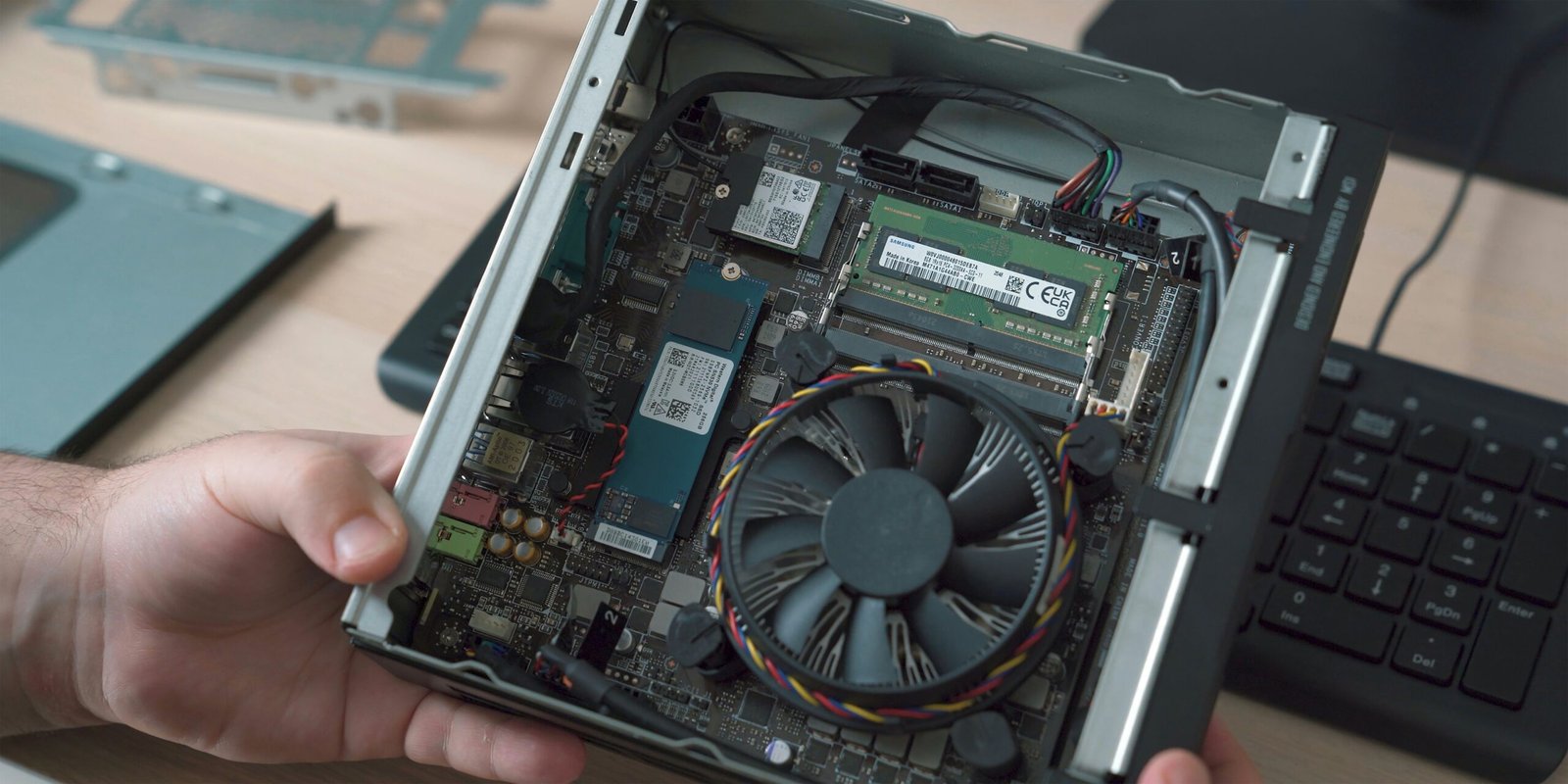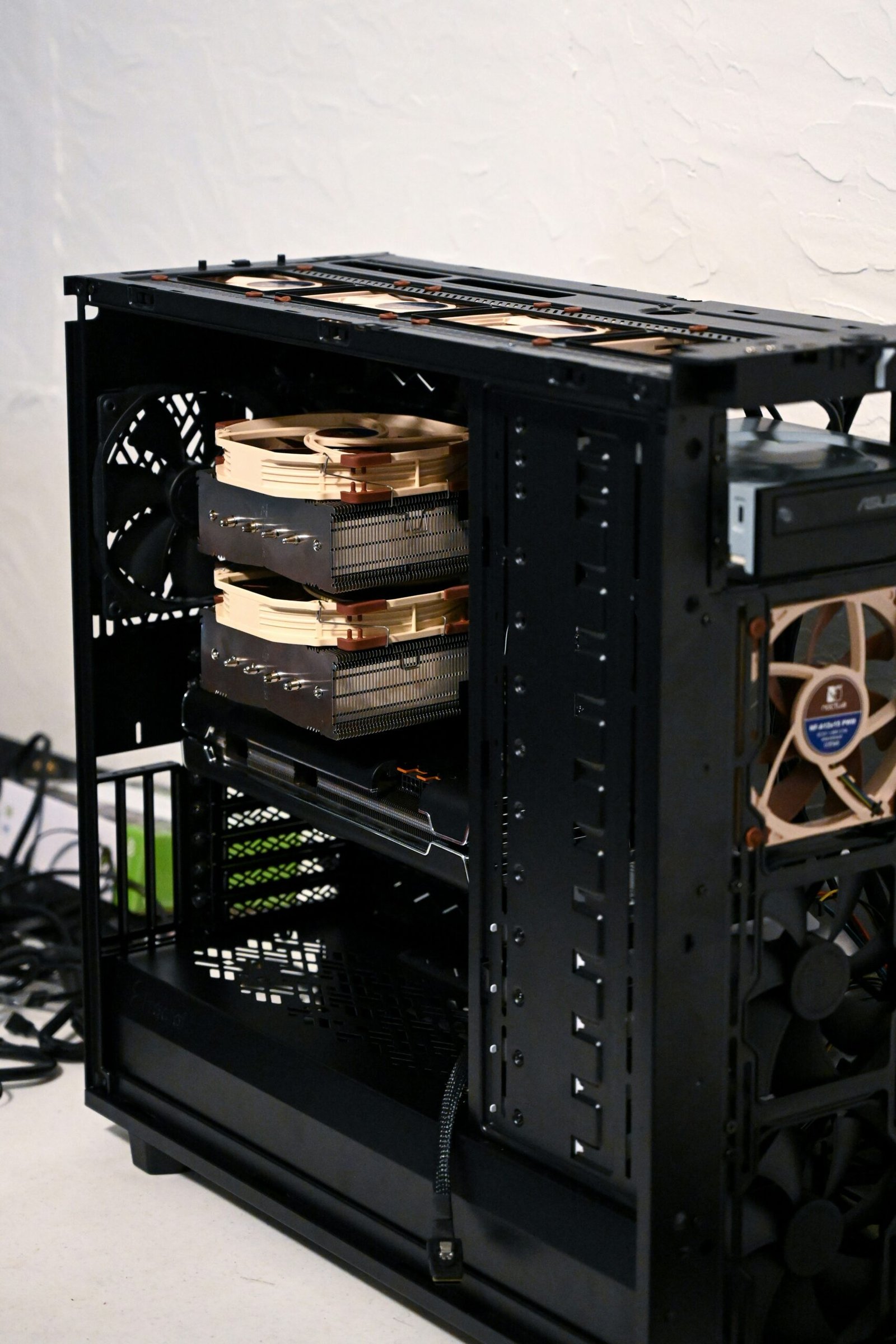Is a Capture Card Better Than OBS? A Detailed Comparison
“`html
Introduction to Capture Cards and OBS
When it comes to video capturing and streaming, two prominent solutions surface: capture cards and OBS (Open Broadcaster Software). Capture cards are hardware devices specifically designed to record and stream video output from various sources, such as gaming consoles, computers, and cameras. They are renowned for their ability to deliver high-quality video feeds with minimal latency, making them a preferred choice for professional streamers and content creators who prioritize performance and reliability.
On the other hand, OBS is a powerful, free, and open-source software solution used for streaming and recording. Unlike capture cards, OBS handles these tasks through software mechanisms, eliminating the need for additional hardware. Its flexibility, extensive feature set, and wide compatibility with various streaming platforms make it a popular choice among hobbyists, educators, and casual streamers.
The fundamental difference between capture cards and OBS lies in their approach to video capturing and streaming. Capture cards serve as an intermediary between the video source and the computer, offloading the processing strain typically associated with streaming tasks. This ensures smoother performance, especially in scenarios requiring high-resolution video capture. In contrast, OBS relies on the computer’s existing resources to encode and broadcast video, which can be taxing on less powerful systems but offers unmatched versatility and customization options.
Both tools serve valuable roles in the realm of video content creation, catering to different user needs and use cases. Capture cards excel in environments where hardware stability and minimal lag are paramount, such as live gaming or professional broadcasts. OBS, with its software-based approach, is an excellent option for users seeking a cost-effective and adaptable solution, suitable for a wide variety of streaming and recording needs.
Understanding the core functionalities and typical use scenarios of capture cards and OBS sets a solid foundation for a deeper analysis, helping you determine which solution best aligns with your specific requirements in the subsequent sections.
“““html
Performance and Quality Comparison
When it comes to performance and quality in video capture and streaming, the debate between capture cards and Open Broadcaster Software (OBS) is nuanced. Both methods have their distinct advantages and trade-offs, especially when considering video resolution, frame rate, and overall smoothness.
Capture cards excel in offloading the video encoding process from the main computer system by utilizing dedicated hardware. This results in higher video resolution and frame rates, with many capture cards supporting up to 4K resolution at 60 frames per second (fps). The use of hardware acceleration in capture cards ensures that the CPU and GPU of the host system are relatively unburdened, maintaining smooth performance even during high-load scenarios like gaming or live streaming.
On the other hand, OBS relies on software-based encoding, typically utilizing the CPU or GPU of the host system. While OBS is highly configurable and supports a range of codecs and resolutions, it can considerably increase CPU and GPU usage, especially at higher settings. This can sometimes result in dropped frames or lower overall system performance, particularly if the host system is not equipped with high-end hardware.
Real-world tests and benchmark comparisons shed more light on these differences. For instance, during high-motion scenes in games, a capture card often delivers smoother and more consistent frame rates compared to OBS. Users have reported an observable improvement in the fluidity and quality of streams when employing capture cards, particularly in demanding environments.
Benchmark tests indicate that while OBS might be sufficient for standard streaming tasks, capture cards provide a notable edge in maintaining high-quality output and robust performance. The choice between a capture card and OBS will likely depend on the user’s specific needs, including the hardware capacity of their system and their aspirations in video quality.
“`
Ease of Use and Setup
Understanding how user-friendly and easy it is to set up and use both capture cards and OBS (Open Broadcaster Software) is a critical factor in determining which option might be better suited for your needs. The setup process varies significantly between these two options, catering to both beginners and advanced users.
Capture cards are typically designed to offer a straightforward and intuitive setup. For beginners, the installation process usually involves connecting the capture card to your computer through a USB or PCIe slot, installing the necessary drivers, and configuring the software that accompanies the capture card. This software often provides a user-friendly interface that simplifies the process of capturing video from consoles, cameras, or other devices. However, it is important to check for compatibility with your operating system and ensure that the capture card firmware is updated to the latest version to avoid any potential issues.
On the other hand, OBS presents a steeper learning curve, especially for new users. While OBS is free and open-source, its initial setup requires more steps compared to capture cards. The user must download and install the software, configure various settings according to their specific requirements, and set up scenes and sources for capturing video and audio. Advanced users may appreciate the level of customization that OBS offers, such as the ability to use third-party plugins and scripts to enhance functionality. Despite the complexity, there are numerous online tutorials and community forums that can guide users through the setup process.
Regarding software updates, capture card manufacturers often provide automatic updates through their proprietary software, ensuring seamless performance. Conversely, OBS relies on community updates, which may require manual downloads and installations, posing a challenge for less tech-savvy users.
For optimal performance, it is advisable for users of both capture cards and OBS to regularly check for updates, verify compatibility with their hardware, and follow best practices for configuration. In summary, while capture cards offer an easier setup for beginners, OBS provides extensive customization options for advanced users willing to invest time in mastering the software.
Cost and Value for Money
When considering whether to invest in a capture card or opt for Open Broadcaster Software (OBS), it’s essential to weigh the costs against the benefits. Capture cards come in a wide range of prices, from budget-friendly options starting at around $50 to high-end models that can exceed $300. While the initial investment for a capture card can be high, the benefits include superior video quality, dedicated hardware that reduces the load on your computer, and, in many cases, low latency streaming capabilities. These features can be particularly advantageous for professional streamers and content creators looking for optimal performance.
On the other hand, OBS is a free, open-source software solution, which makes it an attractive option for those who are budget-conscious. The absence of an initial purchase cost makes OBS highly accessible, especially for beginners. However, users might find that they need to invest in additional hardware to achieve the best performance, such as a high-quality microphone and a powerful computer capable of handling the software’s processing demands. Furthermore, while OBS itself is free, there are optional plugins and subscription services that can enhance the streaming experience, potentially incurring additional costs over time. These might include premium overlays, alerts, and other customization tools that are often available on a subscription basis.
Long-term costs and benefits should also be taken into account. With a capture card, once the upfront purchase is made, additional costs are generally minimal, limited to occasional upgrades or potential repairs. However, the long-term investment in capture cards may still be more advantageous for those aiming for professional-grade streams. OBS, although free, might lead to higher long-term costs due to the need for frequent software updates and potential hardware upgrades to keep up with its evolving features and capabilities.
In terms of value for money, capture cards often provide a clear path of investment with tangible benefits for those who can afford the initial cost. Meanwhile, OBS offers flexibility and scalability, making it a viable choice for both entry-level and advanced users. The decision ultimately hinges on individual needs, budget, and the specific goals of the user in the streaming landscape.

